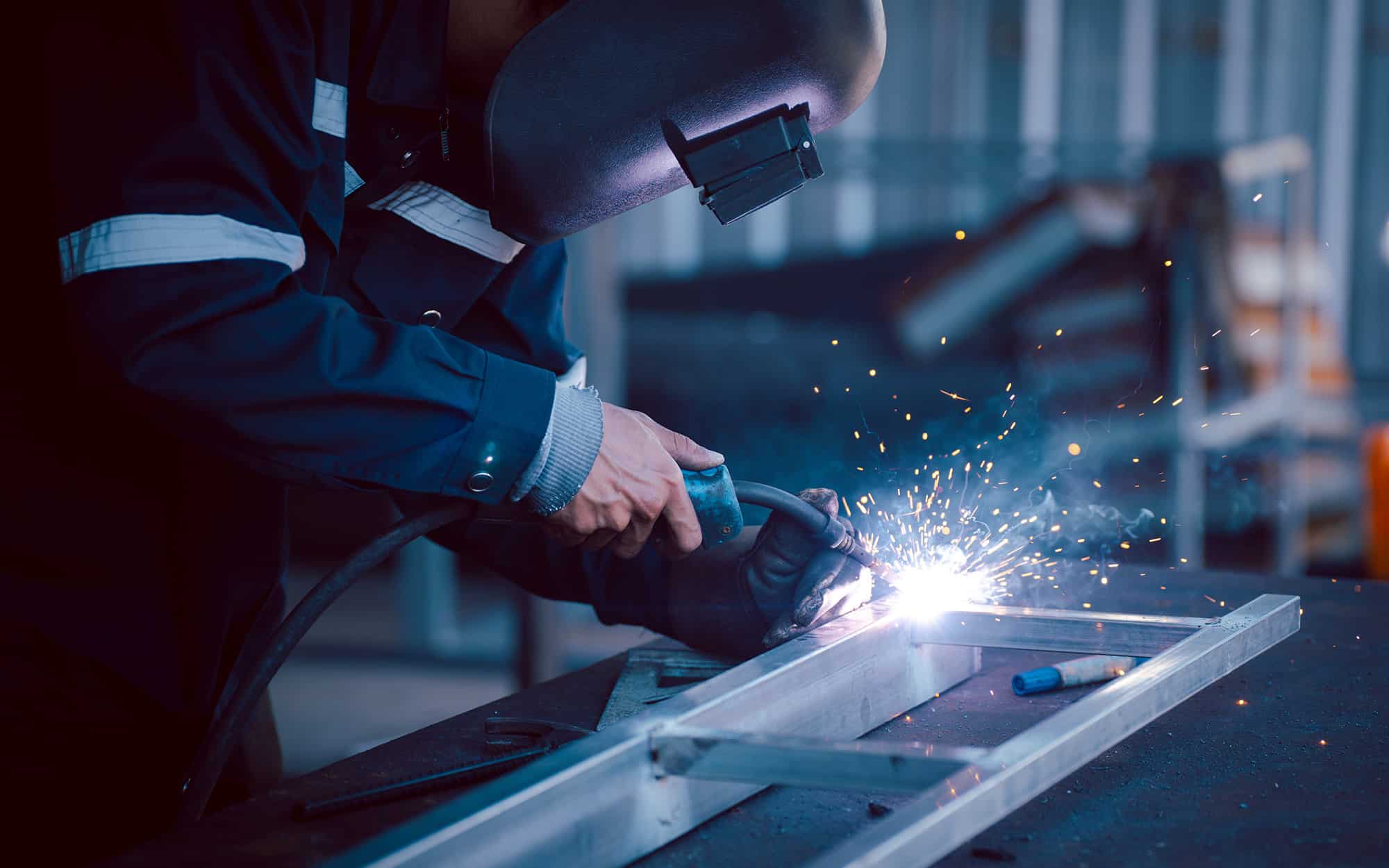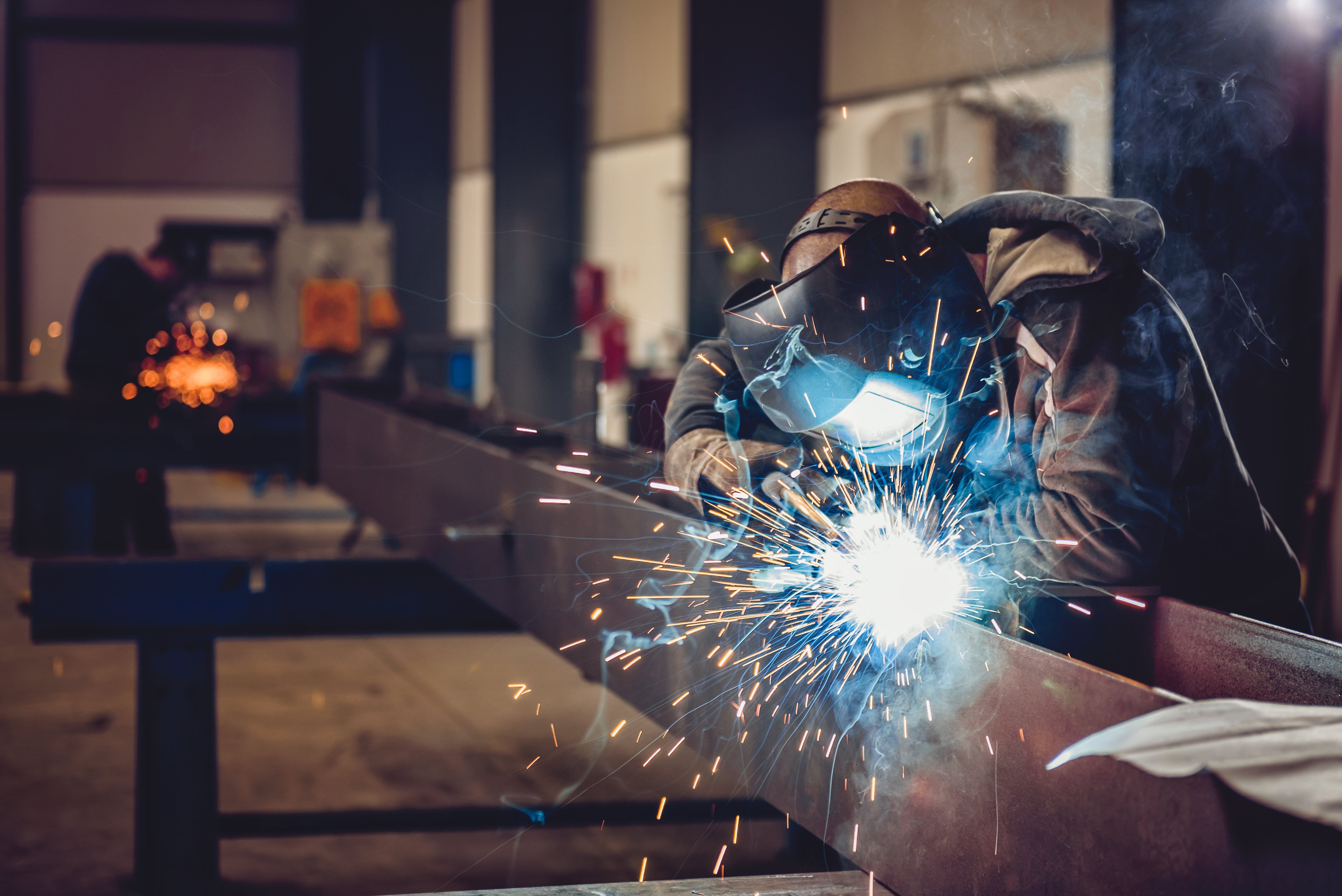Common Welding Fixing Issues and Just How to Address Them Efficiently
Welding repair work usually come across a series of problems that can jeopardize the stability of the final product. Typical problems consist of insufficient penetration, porosity, and imbalance, amongst others. Each problem provides special challenges that require certain techniques for resolution. Comprehending these problems is important for welders aiming to improve their end results and skills. This discussion will certainly explore these typical welding repair service concerns and efficient methods to address them.
Inadequate Infiltration
Insufficient infiltration happens when the weld steel stops working to completely fuse with the base product, leading to weak joints and potential structural failings. This concern frequently originates from inadequate heat input, wrong electrode angle, or inappropriate welding speed. Welders might experience poor penetration due to a mistake of the required specifications for a particular product thickness or type. Furthermore, contamination on the base material's surface can hinder effective bonding, exacerbating the trouble. To address inadequate infiltration, welders should ensure proper setups on their devices and keep a tidy job surface. Routine examination of welds is suggested to recognize any deficiencies early, enabling prompt modifications and the prevention of jeopardized architectural honesty in bonded settings up.
Porosity
Porosity is an usual issue in welded joints that shows up as tiny gas bubbles entraped within the weld metal. This issue can jeopardize the honesty of the weld, causing reduced stamina and prospective failing under stress. Montana Mobile Welding and Repair. Porosity typically occurs from contamination, wetness, or incorrect welding techniques, which permit gases to run away into the molten weld swimming pool. To deal with porosity, welders should ensure appropriate surface preparation, preserve a tidy workplace, and utilize appropriate welding specifications. Furthermore, selecting the best filler material and protecting gas can reduce gas entrapment. Normal examination and testing of welds can assist identify porosity early, assuring prompt corrective activities are taken, consequently maintaining the top quality and dependability of the bonded framework
Imbalance
Imbalance in welding can occur from different elements, consisting of inappropriate arrangement and thermal development. Comprehending the source is crucial for reliable resolution. A number of modification strategies are available to realign components and assure architectural stability.
Causes of Misalignment
Welding misalignment typically originates from a variety of underlying problems that can compromise structural integrity. One key cause is incorrect fit-up of components prior to welding, which can lead to spaces and uneven surface areas. Variations in thermal expansion throughout the welding procedure can likewise result in distortion, particularly if the products being joined have different coefficients of development. In addition, insufficient clamping and fixturing may fail to hold components securely in location, causing movement throughout welding. Badly maintained tools, including welding machines and tools, may present disparities in the weld bead, additional adding to imbalance. Finally, operator error, stemming from not enough training or experience, can also play a substantial role in developing misaligned welds.
Adjustment Techniques Offered
Attending to misalignment successfully needs a combination of corrective techniques customized to the specific concerns available. One typical technique is using fixtures or jigs to hold elements in the proper setting throughout welding, guaranteeing constant alignment. In addition, preheating the materials can help in reducing distortion and enhance fit-up. For considerable imbalance, mechanical realignment techniques, such as using hydraulic jacks or clamps, can be employed to deal with the placement prior to welding. Post-weld heat therapy might additionally be essential to alleviate tensions triggered by misalignment. Finally, cautious inspection and change throughout the configuration phase can stop misalignment problems from ending up being significant issues, promoting a smoother welding procedure and improving overall architectural honesty.
Distortion
Distortion is an usual difficulty in welding that can develop from various variables, including unequal heating and cooling. Comprehending the causes of distortion is vital for applying effective prevention methods. Resolving this concern not just improves structural honesty yet also enhances the total top quality of the weld.
Root causes of Distortion
When based on the extreme warm of welding, products typically undergo modifications that can cause distortion. This phenomenon mainly emerges from thermal development and tightening throughout the welding procedure. As the weld location warms up, the product broadens; upon cooling, it contracts, which can create internal anxieties. Additionally, uneven home heating across a work surface can intensify these anxieties, leading to warping or bending. The sort of material also plays a substantial role; metals with varying thermal conductivity and coefficients of expansion may react in different ways, resulting in unpredictable distortions. Bad joint style and inadequate fixturing can add to imbalance throughout welding, boosting the probability of distortion. Comprehending these causes is important for effective welding repair and avoidance strategies.
Avoidance Techniques
Efficient avoidance techniques for distortion throughout welding focus on controlling warmth input and ensuring correct joint design. Keeping a constant warm input helps to reduce thermal growth and contraction, which can cause distortion. Using strategies such as preheating the workpiece can additionally minimize the temperature level gradient, promoting consistent home heating. In addition, choosing appropriate joint styles, such as T-joints or lap joints, can boost stability and lower tension focus. Carrying out correct fixturing to secure the work surfaces in location additionally aids in keeping alignment during the welding process. Staggered welding sequences can distribute warmth much more equally, preventing local distortion. By applying these strategies, welders can substantially decrease the chance of distortion and improve the overall high quality of their welds.
Breaking
Splitting is a common problem come across in welding repairs, frequently arising from numerous variables such as improper cooling prices, material selection, or insufficient joint prep work. The event of splits can significantly jeopardize the honesty of the weld, leading to prospective failures during operation. To resolve this problem, welders need to first analyze the source, ensuring that materials are compatible and appropriately chosen for the specific application. Additionally, regulating the air conditioning price during the welding process is crucial; quick air conditioning can cause anxiety and result in breaking. Appropriate joint layout and prep work also contribute to reducing the threat. Applying these methods can improve weld high quality and toughness, eventually lowering the chance of cracking in ended up weldments.

Insufficient Fusion
A significant issue in welding repairs is insufficient combination, which happens when the weld metal does not properly bond with the base material or welding chaps previous weld passes - Belgrade Welding. This problem can result in weak points in the joint, possibly compromising the integrity of the welded structure. Elements adding to incomplete combination consist of not enough warm input, inappropriate welding technique, and contamination of the surfaces being signed up with. To resolve this concern successfully, welders ought to guarantee proper pre-weld cleansing and surface prep work, along with readjust their welding criteria to achieve adequate infiltration and combination. Normal examination during the welding procedure can additionally help identify insufficient combination early, enabling prompt rehabilitative steps to boost the general top quality of the weld
Overheating
While welding repair services can enhance architectural stability, overheating presents a substantial challenge that can lead to product deterioration. Excessive warm during welding can change the mechanical residential properties of metals, causing minimized stamina, enhanced brittleness, and bending. This sensation is specifically important in high-stress applications where structural integrity is vital. Recognizing overheating can include aesthetic inspections for staining or distortion, along with monitoring temperature level throughout the welding procedure. To minimize the dangers linked with getting too hot, welders should utilize suitable strategies, such as regulating warm input, changing travel rate, and using suitable filler materials. Additionally, executing pre- and post-weld heat treatments can aid restore material residential properties and enhance the overall top quality of the repair, guaranteeing long-lasting efficiency and safety.
Regularly Asked Inquiries
What Are the Usual Signs of a Welding Defect?

Exactly How Can I Test My Welds for High quality?
To test welds for top quality, one can use visual inspections, ultrasonic screening, and radiographic approaches. Each technique assures architectural honesty, determines problems, and verifies adherence to defined standards, eventually boosting the dependability of the welded joints.
What Security Safety Measures Should I Take While Welding?
When welding, one must focus on safety and security by using suitable personal protective tools, making certain proper ventilation, securing combustible materials away, maintaining a clean work area, and recognizing surroundings to stop injuries and crashes.
Can I Fix a Weld Without Remodeling the Entire Joint?
Fixing a weld without redoing the entire joint is possible, depending upon the damages (Belgrade). Methods such as grinding, adding filler product, or utilizing a welding procedure can effectively deal with details imperfections while maintaining the surrounding framework
What Devices Are Essential for Reliable Welding Repair Works?
Necessary devices for effective welding fixings include a welding device, cable brush, mill, safety equipment, clamps, and filler materials. Each tool plays a crucial role in making sure quality and safety throughout the repair work procedure. Porosity normally emerges from contamination, wetness, or improper welding methods, which allow gases to get away right into the molten weld swimming pool. Badly kept tools, including welding devices and tools, might introduce incongruities in the weld grain, additional adding to imbalance. When subjected to the intense warm of read what he said welding, products commonly go through adjustments that can lead to distortion. Fracturing is a common concern experienced in welding fixings, often resulting from various variables such as improper air conditioning rates, product best mig welder selection, or inadequate joint preparation. A substantial problem in welding fixings is insufficient blend, which takes place when the weld steel does not adequately bond with the base material or previous weld passes.